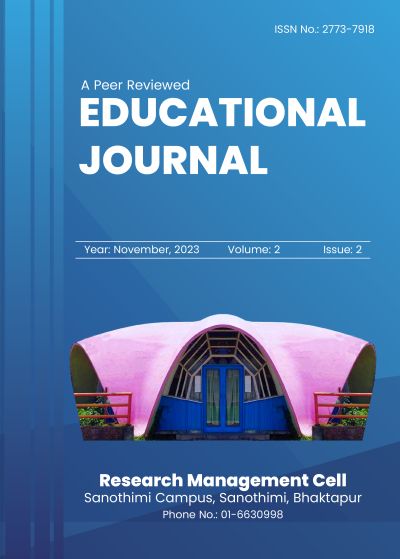Investigation of the Change in Hydrophobicity of Polycarbonate in Atmospheric Pressure Dielectric Barrier Discharge (APBDB) Generated with a 50 Hz Power Supply
DOI:
https://doi.org/10.3126/ej.v2i2.61699Keywords:
Atmospheric Pressure Dielectric Barrier Discharge (APDBD), Polycarbonates, Ageing, Functional groups, Non-equilibrium Plasma, Reactive species, Surface energy, sessile drop techniqueAbstract
Dielectric Barrier Discharge (DBD) of disc electrodes with diameter 5 cm and thickness 1 cm of each has been used for treatment of the samples. The discharge was produced at fixed inter-electrode gap of 4.5 cm for the study of effectiveness of treatment on the surface of the Polycarbonates (PCs). After the treatment in varying time periods the hydrophobic properties of sample changed to the hydrophilic. To investigate the effect of plasma treatment, contact angle was measured by using goniometer with water as a testing liquid. Effect on the sample due to treatment time, applied voltage and working gas were studied. Treatment carried out in Argon environment produced better wettability compared to atmospheric air. Aging effect was also studied to see the evolution of the wettability after time elapsed by measuring the contact angle up to one month after the treatment. Contact angle was increased from 39.35° C to 56.4° C, which was still very lower than the contact angle 81.2° of untreated sample.




